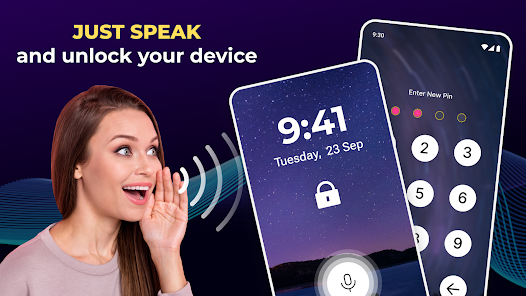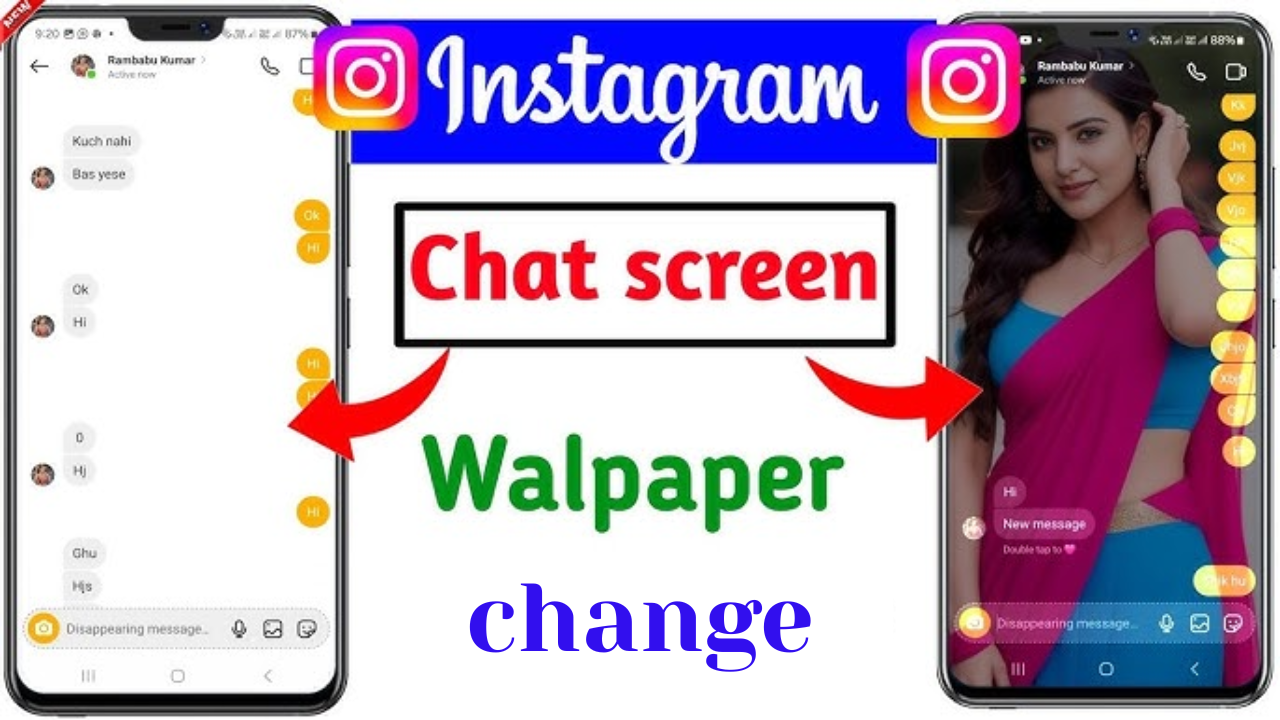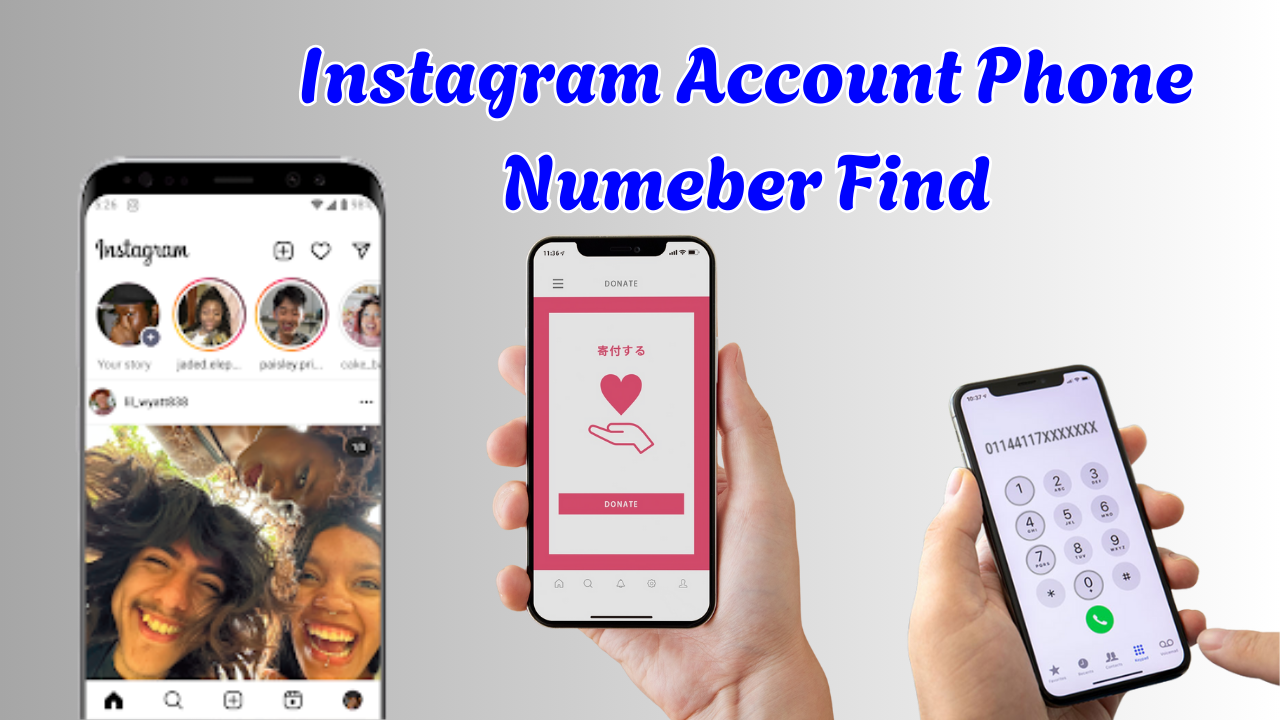Introduction
In today’s digital age, security is paramount, especially when it comes to protecting our personal devices. With the advancement of technology, traditional methods of screen lock, such as PINs or passwords, are being supplemented by innovative solutions like fingerprint scanners and facial recognition. One such cutting-edge development is the Voice Screen Lock.
Understanding Voice Screen Lock
What is Voice Screen Lock?
Voice Screen Lock is a biometric authentication method that uses the unique characteristics of an individual’s voice to unlock devices such as smartphones, tablets, and laptops. This technology analyzes various aspects of the user’s voice, including tone, pitch, and cadence, to verify their identity.
How does it work?
When a user sets up Voice Screen Lock, their device records a sample of their voice. This sample is then encrypted and stored securely. When the device is locked, the user simply needs to speak a passphrase or a predetermined phrase. The device analyzes the spoken words and compares them to the stored sample for authentication.
Benefits of Voice Screen Lock
Convenience
Voice Screen Lock offers unparalleled convenience as it eliminates the need to remember complex passwords or carry additional hardware like fingerprint scanners. Users can effortlessly unlock their devices using their natural voice, making the authentication process seamless and efficient.
Enhanced Security
Unlike traditional passwords or PINs, which can be easily forgotten, stolen, or observed, Voice Screen Lock provides enhanced security by utilizing the unique characteristics of the user’s voice. This makes it significantly more difficult for unauthorized individuals to bypass the screen lock and access sensitive information.
Accessibility
Voice Screen Lock also caters to individuals with disabilities or impairments that may hinder their ability to use traditional screen lock methods. By relying on voice recognition technology, devices equipped with Voice Screen Lock ensure accessibility for all users, regardless of their physical limitations.
Drawbacks of Voice Screen Lock
Reliability
While Voice Screen Lock offers several advantages, it may not be as reliable as other biometric authentication methods like fingerprint scanners. Factors such as background noise, illness, or changes in voice due to age or emotional state can affect the accuracy of voice recognition, leading to potential authentication errors.
Privacy Concerns
Privacy is another concern associated with Voice Screen Lock. Storing voice samples on devices or in the cloud raises privacy issues, as these samples could be vulnerable to unauthorized access or misuse. Additionally, users may feel uncomfortable with the idea of their voice being used as a means of authentication, fearing potential surveillance or data breaches.
Comparison with Other Screen Lock Methods
PIN or Password
Traditional methods like PINs or passwords are widely used for screen lock purposes. While they are relatively straightforward and familiar, they lack the sophistication and security offered by biometric authentication methods like Voice Screen Lock.
Fingerprint Scanner
Fingerprint scanners have gained popularity due to their high level of security and convenience. However, they may not be suitable for individuals with certain skin conditions or disabilities. Voice Screen Lock provides an alternative solution that is inclusive and accessible to all users.
Implementing Voice Screen Lock
Device Compatibility
Voice Screen Lock is available on a wide range of devices, including smartphones, tablets, and laptops. However, not all devices may support this feature, so users should check their device specifications to ensure compatibility.
Setting up Voice Recognition
To set up Voice Screen Lock, users need to access their device’s settings and navigate to the security or biometrics section. From there, they can enroll their voice by following the on-screen instructions and providing a passphrase or phrase for authentication.
Tips for Effective Use
Enunciation and Pronunciation
To ensure accurate voice recognition, users should speak clearly and enunciate their words when setting up Voice Screen Lock. Avoiding background noise and speaking in a natural tone can also improve the reliability of authentication.
Backup Authentication Method
It’s essential to have a backup authentication method in place, such as a PIN or pattern, in case Voice Screen Lock fails to recognize the user’s voice. This adds an extra layer of security and ensures access to the device in case of authentication issues.
Future of Voice Authentication
Advancements in AI and Machine Learning
As technology continues to evolve, Voice Screen Lock is expected to become more sophisticated and accurate through advancements in artificial intelligence and machine learning algorithms. This will further enhance the security and reliability of voice authentication.
Integration with Smart Devices
Voice Screen Lock is not limited to smartphones and tablets but can also be integrated with various smart devices, including home automation systems, cars, and wearable gadgets. This seamless integration will offer users a cohesive and secure authentication experience across multiple devices and platforms.
Conclusion
Voice Screen Lock represents a significant advancement in biometric authentication technology, offering users a convenient, secure, and accessible method of unlocking their devices. While it has its drawbacks, such as reliability issues and privacy concerns, ongoing advancements and improvements are expected to address these challenges, making Voice Screen Lock a promising solution for enhancing device security.






Download this app vioce lock app
Lock my phone
Alexa
Alexa confirm
Siri
Siri
Hi siri
I love you too amma
Hi
Oye potti
Basha
Alexa lock my phone
Lock my phone
I love you harsha
Yes
Voice lock app
Hii
Yashu
Hi
Siri
Naveen Kumar
Hi
Oye potti
పొట్టి
Downloading
Anji
Anji
Ajay
One plus mobile under hi
Hello sir vachindhu please share the day chinna
Hii Karthik
Hi Karthik
Yellow color is a good I am not able to
He kk
Hey sori
Veevan is a good boy
Veevan is a bad boy
Veevan is not good boy
Veevan is good boy in your life
Mama
Hii hello
Naveen
Good
Heyv siri
No comment
Baba
What can I say
Super
Ammu phone open
Hey Siri call me Pawan
Girish
Hii
Hi siri
Voice lock
Hii hallo
India
Hii hallo
Sathish
Voice lock
Hello
Hello
Bujji
Sir can you
Pavan
Voice lock
Hey pallavi
Bheemesh
Hai
Hey Siri lock the screen
Punith
Harinath
Voice lock
Kannaya
Hii
It a good working
Voice loic
Narsimlu
Voice lock
Voice look
Hi
Voice lock
My phone is voice lock create
Hi
Shiva
Hii baby
Hii baby
Hi yadav
❤
Jampanna
Hello madu
Super
Nice app
This app is so beautiful
Attractive this app
Hiii sampath
Supar
Very very supar
Nice
Aa seri
Aa seri
Aa lokesh
It’s better
Hi
Hi rapuri
Hi rapuri ramesh
Alexa lock my phone
15%278 475
Hii
Hlo
Hii siri
Hey pallavi
Voice lock
Sriri
Lock my phone
Siri
Siri lock open my phone
Siri
Ranjith
LEELA ♥️
Hi
Gowtham
Avani
Avani
Kojja kojja
Ok
Hai siri
Good
Leela
Black king nakhil
Rajesh
Rajesh
Rajesh
Voice look
Manu
Harsh a
Harsha
Hello siri
Hii
siri
Hii
Siri
Siri hi
Siri I love you
30/01/2024 by admin
Hi Siri phone lock
Hi westran
Ranjith bolthe
Hii baby
Hlo baby
Voice lock
Redmi note 10
Hello jio
Heghd
Good
Very nice & good application give many applications
Naveen Kumar
Very intresting
I want this app
Siri
Siri
Akhil
Very good app very usefull app most use in the people siri open the lock
Hello
T pradhyumna
R prakash
Faaad
Hi
Babi
Good app very usefull
Siri open the lock
Siri
Siri open the app
Hi sree
Hi amma
Eknath
Holl siri
Anji